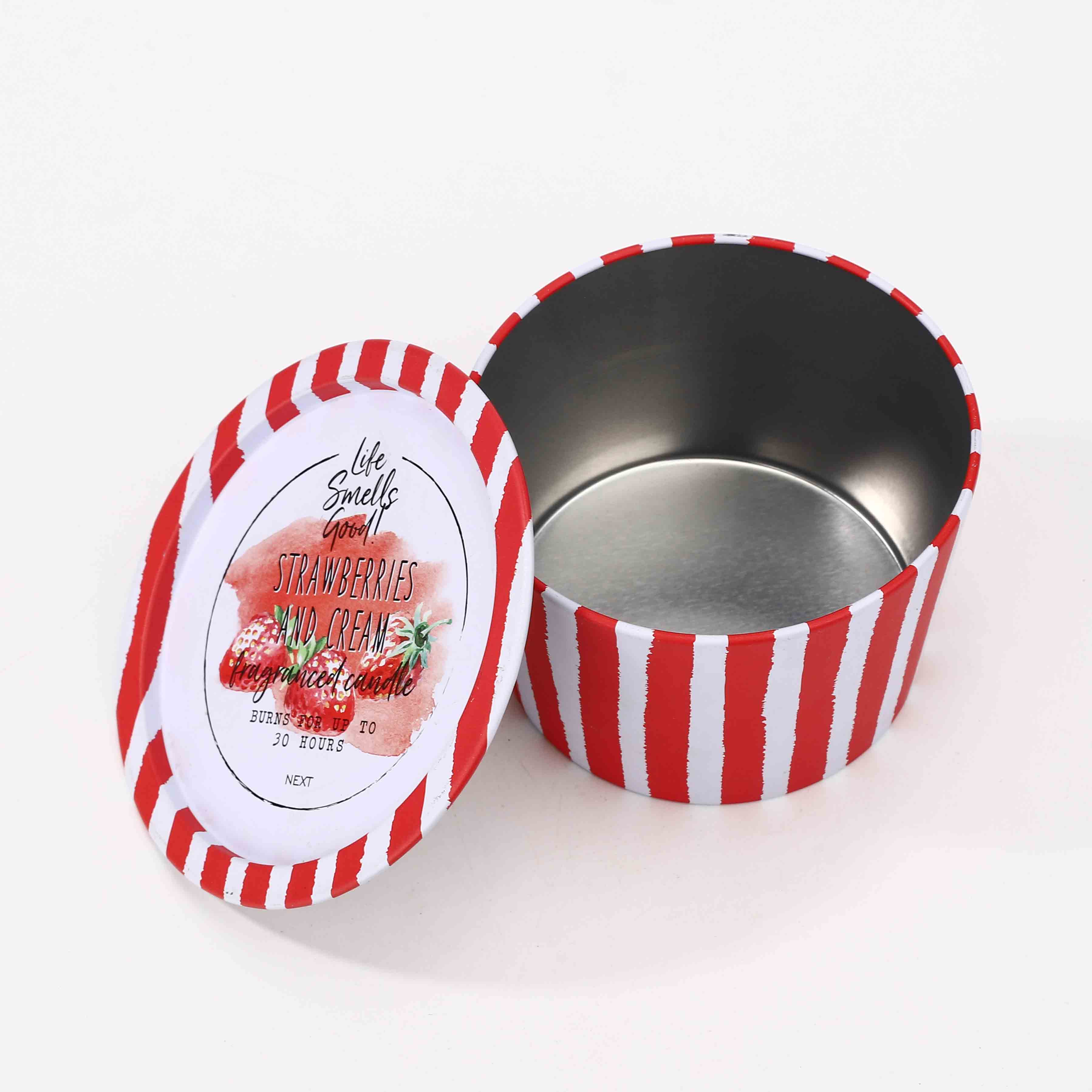Jul . 26, 2024 10:51 Back to list
Exploring the Diverse Applications and Innovations in Tin and Aluminium Products for Modern Industries
The Importance of Tin and Aluminium Products in Modern Industries
Tin and aluminum are two of the most versatile and widely used metals in various industries today. They both play crucial roles in manufacturing a diverse range of products, from packaging materials to construction components, and their unique properties make them indispensable in modern technology and daily life.
Tin A Timeless Essential
Tin has been utilized for thousands of years, dating back to ancient civilizations. Its primary use today is in the form of tin coatings on steel, which creates a product known as tinplate. This material is essential in the food packaging industry, particularly for canned goods. The non-toxic nature of tin makes it an ideal choice for food storage, helping to protect against corrosion and preserve the quality of the contents.
In addition to its use in packaging, tin is also crucial in various alloys. It is used to make bronze when combined with copper, which has applications in musical instruments, shipbuilding, and sculptures. Tin has remarkable malleability and ductility, making it useful in creating intricate designs and shapes.
Furthermore, tin is employed in solder, which is essential for electronics, plumbing, and various engineering applications. The ability of solder to create strong joints between metals is vital in the assembly of electronic devices, where precision and reliability are paramount.
Aluminium The Lightweight Champion
Aluminium, known for its lightweight and strength, has revolutionized many industries, including automotive and aerospace. One of the most significant advantages of aluminum is its high strength-to-weight ratio, making it an ideal material for vehicles, aircraft, and packaging applications. Automakers increasingly use aluminum to create lighter vehicles to improve fuel efficiency and reduce greenhouse gas emissions.
tin aluminium product

In construction, aluminum is favored for its durability and resistance to corrosion, particularly in outdoor environments. It is used in window frames, roofing, and cladding, providing aesthetic appeal and long-term structural integrity. The architectural community appreciates aluminium for its versatility, allowing for innovative designs and efficient use of materials.
Moreover, aluminium can be easily recycled without loss of quality, making it an environmentally friendly option. The recycling process consumes only 5% of the energy required to produce new aluminum, significantly reducing carbon emissions and contributing to sustainability efforts.
The Synergy of Tin and Aluminium
The combination of tin and aluminium has found a unique niche in various applications. For instance, tin is often used to coat aluminum to increase its corrosion resistance, which is particularly important in marine environments. This synergy enhances the functionality of materials, allowing industries to produce more durable and reliable products.
In the electronics sector, both metals find use in creating components that require efficient thermal conductivity and reliability. Solder made from tin protects sensitive electronic components, while aluminum casings provide lightweight durability.
Conclusion
Tin and aluminum are foundational materials that have shaped modern manufacturing and industry. Their unique properties offer numerous advantages, making them essential in countless applications. As industries continue to evolve, the demand for these metals will likely grow, particularly in the context of sustainability and environmental responsibility. Innovations in processing and recycling will further enhance their roles in our future, solidifying their importance in a more efficient and eco-friendly world. Embracing the versatility of tin and aluminium products is not just beneficial; it is imperative for continued progress in technology and industry.
-
Large Metal Box Manufacturers: Custom, Durable Solutions
NewsAug.12,2025
-
Large Metal Box Manufacturers: Custom Durable Solutions
NewsAug.11,2025
-
Leading Large Metal Box Manufacturers & Suppliers - Custom Designs
NewsAug.10,2025
-
Durable Large Metal Boxes | Top Manufacturers & Suppliers
NewsAug.09,2025
-
Custom Large Metal Box Manufacturers: Durable & Reliable Solutions
NewsAug.08,2025
-
Large Metal Box Manufacturers - Custom & Durable Solutions
NewsAug.07,2025




















